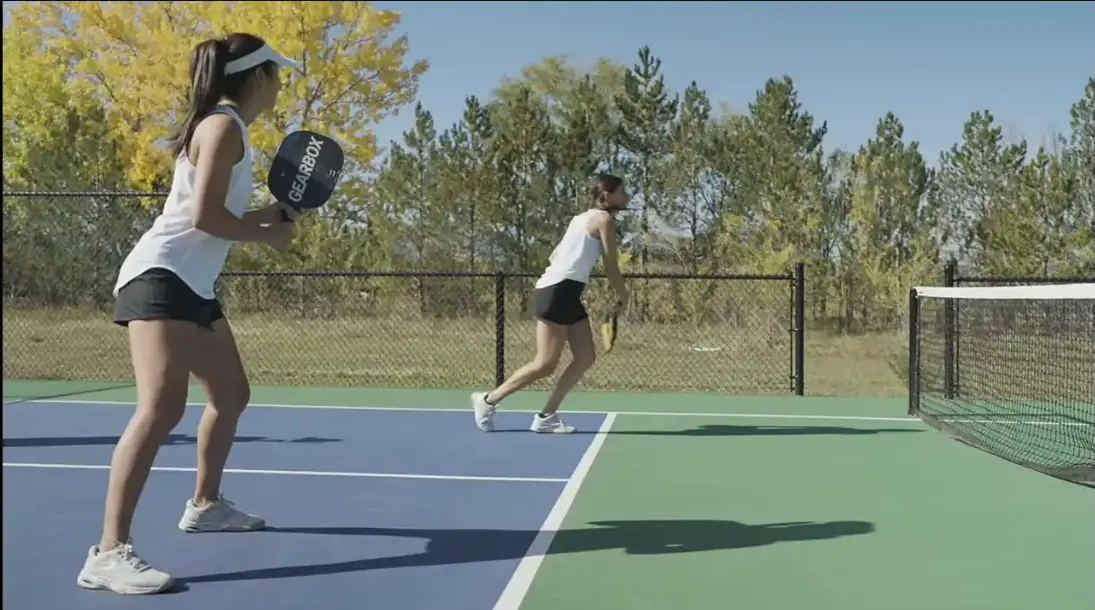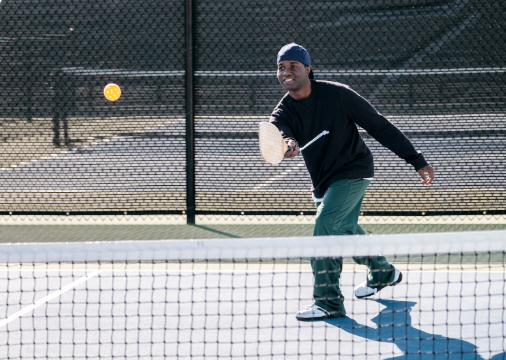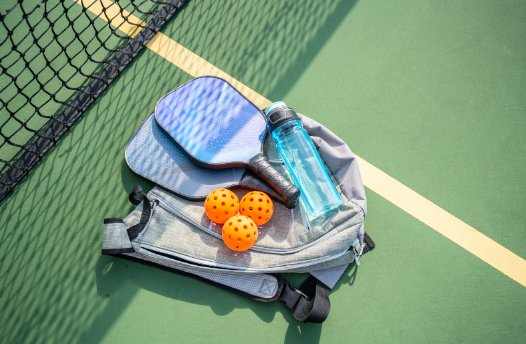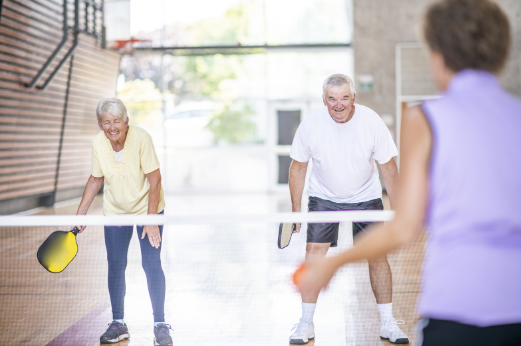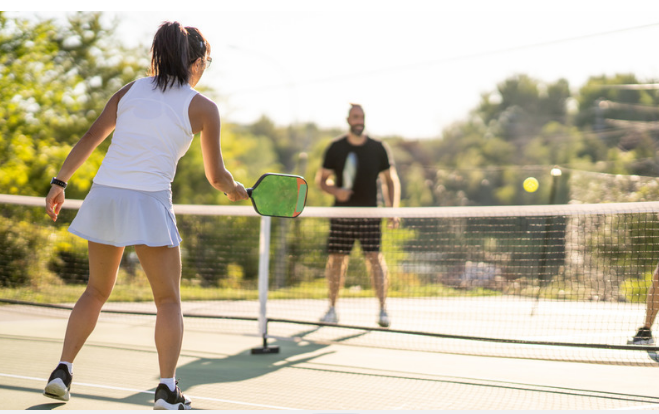Mastering the Pickleball Kitchen Rules.
Pickleball, a sport that marries elements from tennis, badminton, and ping-pong, has grown in popularity. Among its easy-to-grasp gameplay mechanics lies the intricate “Pickleball kitchen rules,” a set of regulations that adds a layer of convolution and strategy to the game. This article aims to demystify these rules, offering insights and clarity to novice and seasoned players alike.
The beauty of playing pickleball is how quickly someone can learn the basics, begin playing, and more importantly, start having fun. This is thanks in large part to a set of simple rules and common mechanics. But there’s one glaring exception that needs to be addressed, and that’s hands down anything to do with the kitchen.
Aside from a name that confuses most, it’s the rules of the kitchen that’s confounded players of all experience levels since 1965. We think it’s high time to debunk the myths surrounding pickleball kitchen rules, and that’s precisely what this article will do.
We’ll cover the basics of pickleball’s kitchen, walk through the actual rules straight from the source, and finally answer the most common questions perpetuating the misinformation. Grab your magnifying glass, because you’re about to see the details of the k
itchen’s rules.
| Rule Category | Description |
| Serving | Serve must be underhand with the paddle below the waist. <br> – The serve must land in the diagonal service box. |
| Scoring | – Points are scored by the serving team only and occur when the opponent faults. <br> – Games are typically played to 11, 15, or 21 points. |
| Double Bounce Rule | After the serve, each team must play their first shot off the bounce. <br> – The ball must bounce once on each side before volleys are allowed. |
| Non-Volley Zone (Kitchen) | Players cannot volley the ball while standing in the non-volley zone. <br> – The non-volley zone is the 7-foot area adjacent to the net. |
| Faults | Faults occur when the ball touches the ground outside the opponents’ court, the ball is volleyed before a bounce on each side, or if the ball is hit into the net. |
| Line Calls | A ball touching any part of a line is considered in. <br> – Players call their own lines, and the opponent gets the benefit of the doubt. This table provides a quick overview of the essential pickleball rules for easy reference. Adjust the content as needed to fit your specific needs or focus areas! |
History of Pickleball
The beginning of pickleball traces back to 1965, born out of the creative minds of Bill Bell and Joel Pritchard. They aimed to craft a game that was available yet engaging, leading to the birth of pickleball. The kitchen rules were introduced as a means to level the playing field, ensuring that the game remained competitive and required a mix of skills.
Understanding the Kitchen in Pickleball
The term ‘kitchen’ refers to a 7-foot non-volley zone adjacent to the net. It’s an area where players are prohibited from volleying the ball, adding a tactical element to the game. Misconceptions about this rule are common, leading to confusion and faults during gameplay.
Simply put, a volley is when you hit the ball without letting it bounce. Volleys are also sometimes referred to as “overheads” or “smash shots” because of their explosive power and speed. Volley shots can be performed from any position on the court, provided they are not done within the kitchen.
Volleys aren’t exclusive to pickleball, they are an important component of other paddle and racquet sports. And although there are restrictions about where you can volley in pickleball, they are still an instrumental part of playing the game.
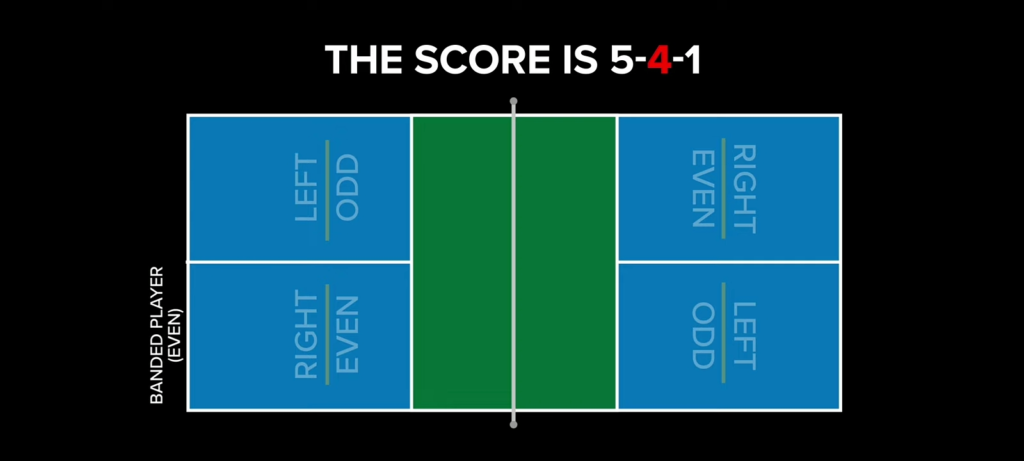
Detailed Breakdown of the Kitchen Rules
The non-volley zone is integral to pickleball, prohibiting players from smashing the ball mid-air while in this zone. Faults occur when players step into the kitchen during a volley, leading to a loss of points. Real-life examples include stepping on the line or entering the zone before the ball bounces.
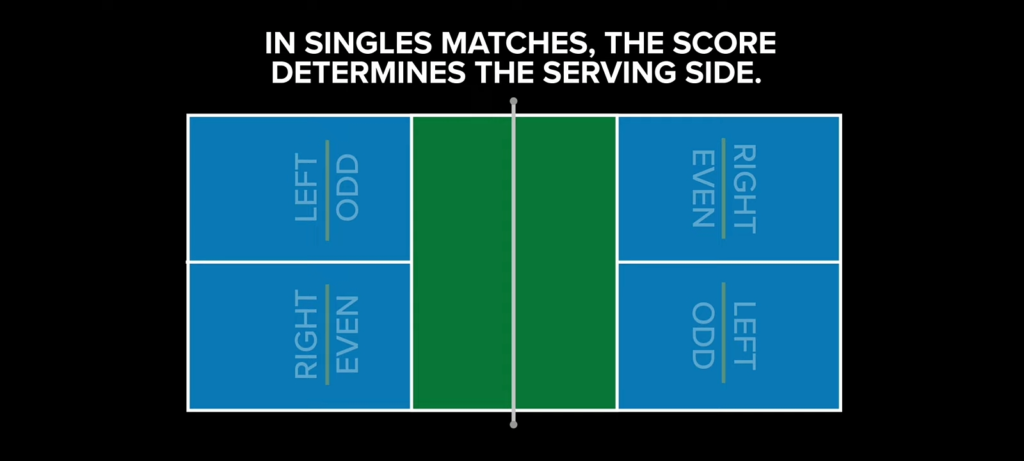
Strategies to Master the Kitchen Rules
Positioning is crucial to avoid faults. Players should maintain awareness of their placement on the court, especially during intense volleys. Observing professional players can offer insights into effective strategies for navigating and exploiting the kitchen rules to one’s advantage.
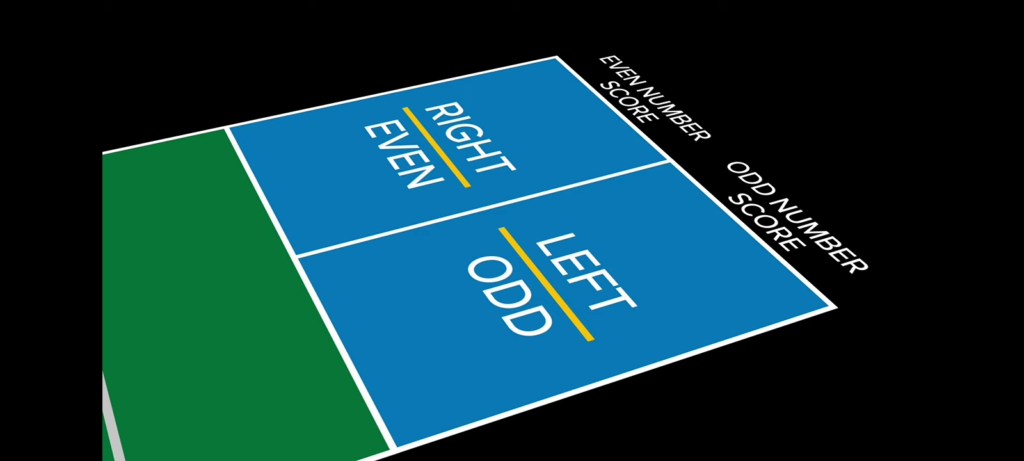
Implications of Kitchen Rules in Competitive Play
In tournaments, the kitchen rules become a focal point. Professional players’ insights reveal that mastering these rules can be the difference between victory and defeat. Future trends suggest a continuous evolution of these rules to enhance competitive play.
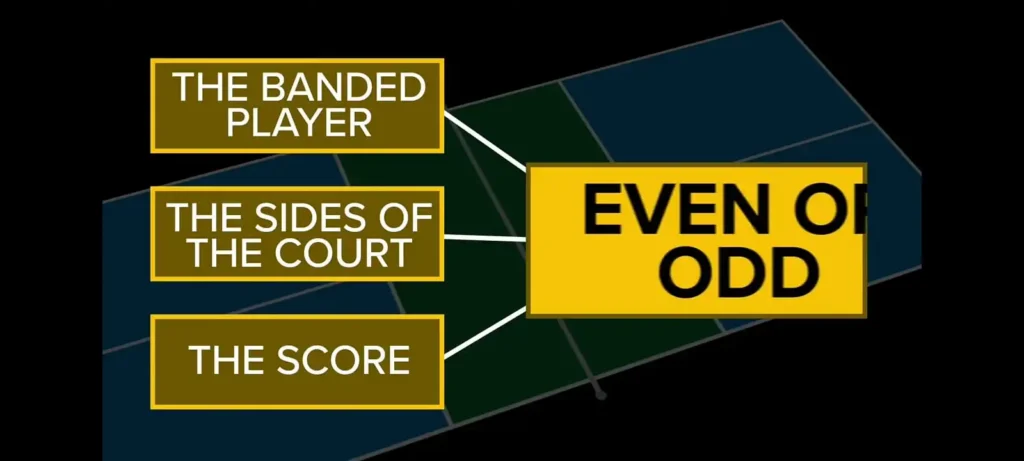
FAQs
- Why is it called the ‘kitchen’ in pickleball?
- The term ‘kitchen’ is believed to be borrowed from shuffleboard, where a similar off-limits area exists.
- Can a player step into the kitchen during a play?
- Players can step into the kitchen but cannot volley the ball while in this zone.
- What are the penalties for violating kitchen rules?
- Violations typically result in a fault, leading to a loss of serve or point.
- How can beginners effectively learn and master the kitchen rules?
- Practice and observing experienced players can be instrumental in learning these rules.
- Are there any exceptions to the kitchen rules in pickleball?
- The rules are strict, but players can enter the kitchen after the ball bounces.
Conclusion
Understanding and mastering the kitchen rules are pivotal for any aspiring pickleball player. These rules, though seemingly complex, add a layer of strategic depth to the game, making it as engaging as it is fun. As the sport continues to evolve, so too will the interpretations and applications of the kitchen rules.

